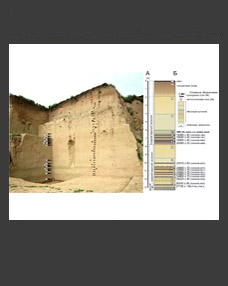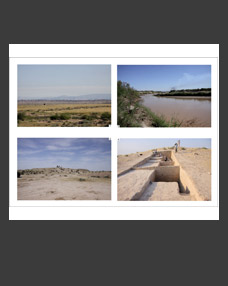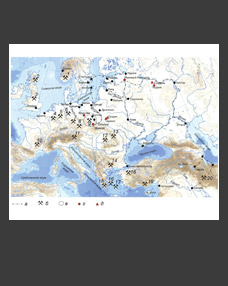Victor A. Borzunov
Ural Federal University, Ekaterinburg (victor.borzunov@mail.ru)
Key words: fortified settlement, the Eneolithic, the north of the Western Siberia, the Taiga.
The characteristics of the most northern Eneolithic fortified settlements in the Eurasia and the world are presented in the article. The Eneolithic in the north of the Western Siberia (the end of the 4th–3rd millennium of BC) was a comparatively cold, humid and peaceful period. Small (1900–2000 m2) promontory forts with earth-timber residential and defensive architecture appeared there in the Neolithic had been saved only on the eastern vicinities of the Surgut Priobye. Simultaneously and ubiquitously the fortifications of another type started being raised. They were large (200–400 m2) single lightly recessed or ground houses of the various constructions, surrounded by ditches and as an exception complementary safety walls. These simplest earth-timber “fortresses” were the centres of community territories, the assembly sites of different activities of the local population and partially the forts of the migrants that had fixed on new territories in the depths of the Western Siberian Taiga. Presumably, the forest forts of the Stone Age were built and probably invented by the groups of fishermen and hunters unfamiliar with producing economy.







